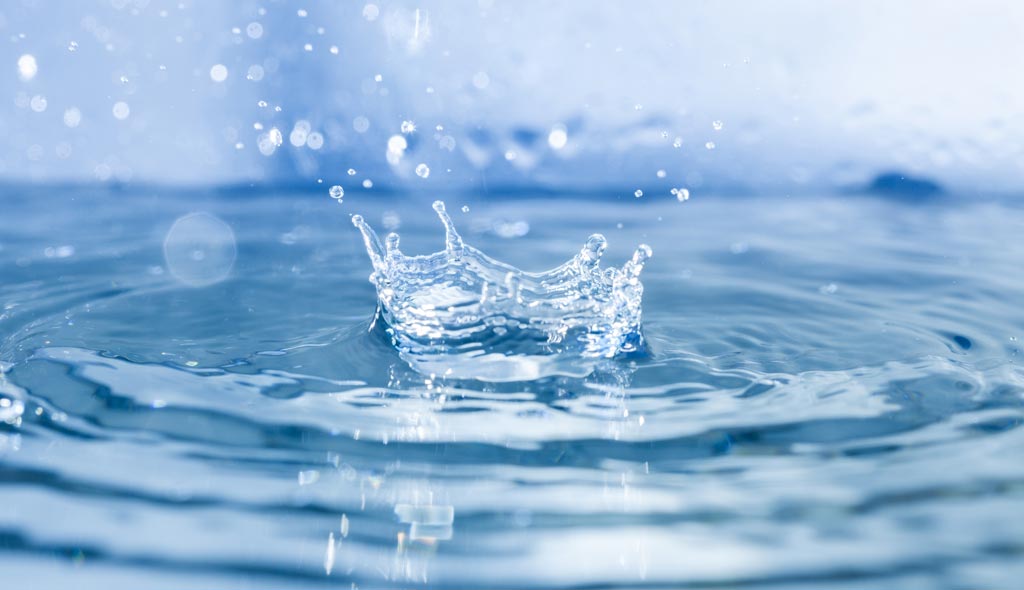Density of Water

Water Density
Water is essential for all kinds of life forms on our planet, even though it is not known for providing any organic nutrients or calories. In essence, water is life. Cells, which are the basic structure of any life forms wouldn’t exist without water. It constitutes 71% of the Earth’s surface in the forms of oceans, seas, rivers, lakes, ponds, streams, and canals, among others. It is also present in the form of groundwater, glaciers, ice caps, clouds, vapours, and precipitation.
From fishing to agriculture, water plays a pivotal role in every sphere of our economy and daily activities. This transparent, inorganic, odourless, and almost colourless chemical substance serves as the main constituent of the Earth’s hydrosphere. Water continually moves through a cycle of evaporation, transpiration, condensation, precipitation, and runoff.
In today’s topic, we are going to try and understand one of its essential aspects – its density. At a simple glance, density refers to the mass per unit of a given substance. But to take a closer look at understanding the density of water, we are going to uncover all related sub-topics under this category. So, let’s get into it.
What is meant by the Density of Water?
As we have stated above, the density of any substance refers to its mass per unit volume. With the knowledge of the density of a particular substance, you can tell how tightly that substance is packed together. In other words, the density of a particular substance is basically the relationship between its mass and the volume it takes up.
The density of water can be defined as the weight of the water per its unit volume, which depends on the temperature of the water.
Why is Water’s Density 1?
In most given circumstances, the density of water is 1. Density is mass divided by volume, and since water is used as the basis for establishing the metric unit of mass, therefore one cubic centimeter (1 cm3) of water weighs one gram (1g).
However, it should be noted that the exact density of water depends on the temperature of the area and the air pressure. This brings us to our next sub-topic.
Why is the Density of Water Different at Different Temperatures?
The density of water is not absolute by nature since it keeps on changing with temperature.
The variations in the density of water with changing temperatures are very subtle. This is why until and unless you are required to know the precise calculations or you are in a situation where a scientific experiment is going on that involves extreme pressure or temperature, you can keep using 1 g/cm3 as the standard density of water.
Water has a higher density while it is in its liquid form than when it is in its solid form. The relation between the temperature of the water and its density is non-linear. Instead of monotonic, it is unimodal by nature.
Liquid water becomes highly dense when it is cooled from room temperature. When water is further cooled, it becomes less dense and tends to expand.
This type of negative thermal expansion is associated with orientation-dependency, strong, interactions, or intermolecular forces, and it is observed in the form of molten silica.
What is the Density of Water at Different Temperatures?
To help you understand how water changes its density in different temperatures, we have brought together the following chart.
| Temperature (Celsius) | Density in kg/m3 |
| 100 | 958.4 |
| 40 | 992.2 |
| 20 | 998.2 |
| 0 | 999.8 |
| -10 | 998.1 |
| -20 | 993.5 |
| -30 | 983.8 |
The range of temperature that is there in an indoor science lab (10° C – 21° C) mostly accounts for the density of the water to stay in and around 1 g/cm3. Therefore, this is the value that is mostly used in almost all types of density calculations. Only when the temperatures are on the extreme ends of the spectrum, for instance, if it is boiling or freezing, then only the change in density is noticeable enough.
What is the Maximum and Minimum Density of Water?
When water is in its vapour stage (steam form), it is at its minimum density. When it comes to liquid water, the minimum density is in equilibrium with steam at 100° C. The maximum density of water is achieved when it is at a temperature of 4° C.
Why is the Density of Water Maximum at 4 Degree Celsius?
Pure water reaches its maximum density at around 4°C. At this point, the density of water is 1g/cm3. This density fluctuates (to a minor degree) when the temperature drops or rises than 4° C.
How to find the Density of Water?
To measure the density of any liquid substance, there is an instrument called a hydrometer. It is a scientific device and a miniature version of it can be made even at home using plastic straws.
Besides, if you have the knowledge about the mass and volume of the water, you can easily calculate its density using the following formula:
Usually, the value that is used in calculations is 1 gram per milliliter (1 g/ml) or 1 gram per cubic centimeter (1 g/cm3). Speaking in terms of formula, the density of water is ρ = m/v, wherein
Ρ = Density
M = mass (gram)
V = Volume (cm3)
The Density of ice in its Different Forms
It goes without saying that the density of water changes with its changing forms. To understand it, take a look at a cube of ice. You will notice that the structure of an ice block is vastly different from that of liquid water. Instead of being aligned randomly, the molecules are aligned in a regular lattice pattern in a block of ice. This is why ice is less dense than liquid water.
Ice has a density that is 90 percent that of water, although it can vary since ice contains air as well. This means that when you put an ice cube in a glass of water, only 10 percent of it will rise above the waterline. For this same purpose, icebergs that are seen on oceans are much larger in size than we see them. In fact, we see only one-tenth of them above the sea surface. Just imagine how big they are in their actual sizes.
So, there you go. We hope now you have a better understanding of the density of water and how it applies in its different stages. Take a look at some of our other essential lessons to help yourself with the solutions of your academic subjects.

